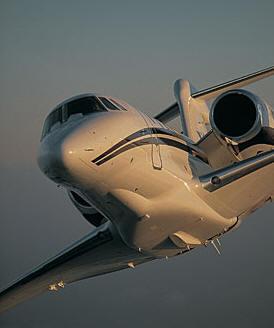
NEWSROOM
 |
NEWSROOM |
|
|
|
|
|||
|
By Mike Mitchell |
||||
 |
December 14, 23009
- Cessna Aircraft today
announced to its employees it is beginning a six to 24-month process to
transition work from its facility in
Cessna has already taken several steps
to reduce their capacity including closing facilities in
|
|||
|
On 27 November 2007, Cessna announced the new Cessna 162 would be made
in the People's Republic of China by Shenyang Aircraft Corporation,
which is a subsidiary of China Aviation Industry Corporation I (AVIC I),
a Chinese government-owned consortium of aircraft manufacturers. By
manufacturing the aircraft in
Cessna received a high degree of negative feedback from 162 customers
and potential customers regarding this decision. Complaints centered
around the recent problems with Chinese production of other consumer
products, China's human rights record, exporting of jobs, and China's
less than friendly political relationship with the USA. The backlash
surprised Cessna and resulted in a company public relations campaign to
try to explain the decision from a business perspective and assure
customers that quality of the aircraft will not be compromised. The
reaction to the explanations and assurances has been overwhelmingly
negative, although a small number of customers have applauded the
production in
In early 2009 the company attracted further criticism for continuing
plans to build the 162 in |
||||
|
The Cessna Aircraft Company is an airplane manufacturing corporation
headquartered in
The company traces its history to June 1911, when Clyde Cessna, a farmer
in
In 1924, Cessna partnered with Lloyd C. Stearman and Walter H. Beech to
form the Travel Air, Inc., a biplane manufacturing firm. This company
was based in
Cessna Aircraft Company closed its doors from 1932 until 1934 due to the
state of the economy. In 1934, Dwane Wallace, with the help of his
brother Dwight, took control of the company and began the process of
building it into what would become a global success. During the mid to
late 1930s, Cessna developed and produced the single engine Airmaster
and the twin-engine T-50 light aircraft.
After World War II, Cessna created the 170, which, along with later
models (notably the 172), became the most widely produced light aircraft
in history. Cessna's advertising boasts that it has delivered more
aircraft than any other company, over 190,000 by the end of 2008.
In 1985 Cessna was bought by General Dynamics Corporation and in 1986
production of piston-engine aircraft was suspended. General Dynamics
cited product liability as the cause. The then-CEO Russ Meyer said that
production would resume if a more favorable product liability
environment developed. In 1992, Textron Inc. bought Cessna and, after
passage of the General Aviation Revitalization Act of 1994, resumed
production of the piston-engine 172, 182, and 206 designs. Currently, Cessna produces 2-, 4- and 6-place single-engine airplanes, utility turboprops, and business jets. |
| ©AvStop Online Magazine Contact Us Return To News |
|